Every election year, voters are reminded by historians, politicos, journalists, and academics that the president doesn't control the economy. This notion has become almost cliché, as voters often base their choices on gas prices and grocery bills—factors largely beyond any single politician's control. While it is true that a single president cannot drastically improve the economy at large, President Donald Trump is demonstrating that a politician can certainly harm the economy when they disregard the consequences, especially those borne by the very people who elected them.
The First Hundred Days of Trump's Second Term
Tuesday marks the 100th day of Trump's second term. In these 14 weeks, the president has unleashed an economic agenda so punitive that its historical context is better understood through the lens of plagues rather than policy. If Trump's tariffs remain in place, the negative shocks could eclipse the economic impact of the Covid-19 pandemic.
Trump campaigned on a pledge to "immediately bring down prices, starting on Day One." However, the White House has made little progress on this promise beyond a broad executive order demanding federal agencies "deliver emergency price relief." His only major economic initiative, a sweeping tariff agenda, amounts to a massive tax increase on American consumers. This move has positioned the US at the center of a global trade war, with the US being the sole aggressor, imposing tariffs on both friends and foes.
The "Sell America" Trade
The "sell America" trade, where global investors pull their money out of US assets like the dollar and Treasuries due to concerns about the country's stability, was virtually unheard of before Trump's second term. However, over the past month, this trend has wiped out trillions in market value. Despite these tariffs, the US economy remains in decent shape by some key metrics—unemployment is low, and inflation has cooled to around 2.5% this year from a pandemic-era peak of 9.1% in 2022. Of course, similar trends were observed under the Biden administration, with unemployment being low and inflation falling.
The Impact of Tariffs
Economists agree that gauging the immediate impact of Trump's tariffs is challenging, partly because consumers have been spending more to get ahead of anticipated price increases. This rush of spending may not be sustainable. In the long term, the chances of a recession are higher now than they were 100 days ago, with estimates ranging from a coin flip to 70%. Prediction market Kalshi currently puts the likelihood of a US recession at 57%.
Businesses are paralyzed, uncertain whether Trump's on-again, off-again tariffs will remain in place. Consumer confidence, which remained strong even under high inflation during Biden's term, is now wavering. Trump's tariff plan lacks any measures to immediately address the cost-of-living pain that voters cited as their reason for re-electing him. As a result, public sentiment is turning against him.
Public Discontent and Economic Uncertainty
A recent poll conducted by SSRS found that 59% of the country now believes Trump's policies have worsened economic conditions, up from 51% in March. Tariffs, in particular, are not going over well. Price increases are already being felt, with 60% of US adults saying Trump's policies have increased the cost of living in their community. Only 12% believe his agenda has helped bring prices down.
Consumer sentiment in April hit its fourth-lowest level since records began in 1952, according to a University of Michigan survey. Inflation expectations reached their highest level since 1981. While such polling data is not the "hard data" policymakers typically rely on, public sentiment about the economy matters, especially regarding prices. When people expect the economy to sour, they tend to pull back on spending, which slows economic growth.
The Ripple Effects of Tariffs
The cautionary mood is already manifesting in various sectors. Airlines are cutting flights ahead of the summer travel season as fewer people plan trips. Companies are lowering or scrapping their earnings guidance, citing uncertainty around tariffs. Shipments of goods from China to the US are expected to fall dramatically. According to Ryan Petersen, CEO of logistics conglomerate Flexport, ocean container bookings from China to the United States were down more than 60% industry-wide in the three weeks since the US’s 145% tariffs on Chinese imports took effect.
Trump's Promises and Reality
Trump's "Liberation Day" speech on April 2 promised a renaissance of American manufacturing, a vision few outside his MAGA base believe is feasible or desirable. However, one of his predictions that day has proven eerily accurate: "This will be an entirely different country in a short period of time. It’ll be something, the whole world will be talking about it."
Indeed, the world is talking, but not about a renaissance. The conversation centers around the economic uncertainty, the potential for a recession, and the public's growing discontent. The tariffs, intended to protect American interests, have instead created a climate of fear and instability. Businesses are hesitant to invest, consumers are cutting back, and the once-stable US economy is teetering on the edge of a precipice.
As the first hundred days of Trump's second term come to a close, the economic landscape is marked by uncertainty and unease. The tariffs, far from being the solution they were promised to be, have become a source of significant economic stress. The public, once hopeful for a better economic future, is now grappling with rising costs and dwindling confidence.
The lesson from these hundred days is clear: Economic policies must be grounded in reality and guided by a deep understanding of their consequences. The Trump administration's tariff agenda, while politically motivated, has failed to deliver on its promises and has instead sown the seeds of economic turmoil. As the world watches and waits, the fate of the US economy hangs in the balance, a stark reminder of the power—and the peril—of unchecked economic experimentation.

By Eric Ward/Apr 29, 2025
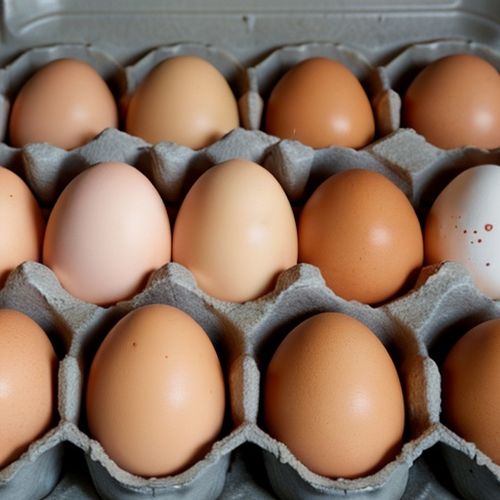
By Jessica Lee/Apr 29, 2025
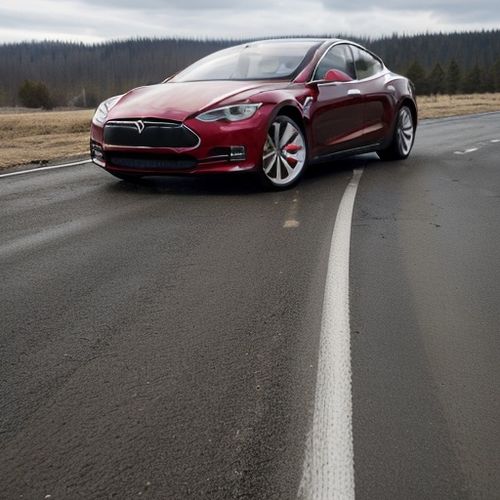
By Lily Simpson/Apr 29, 2025
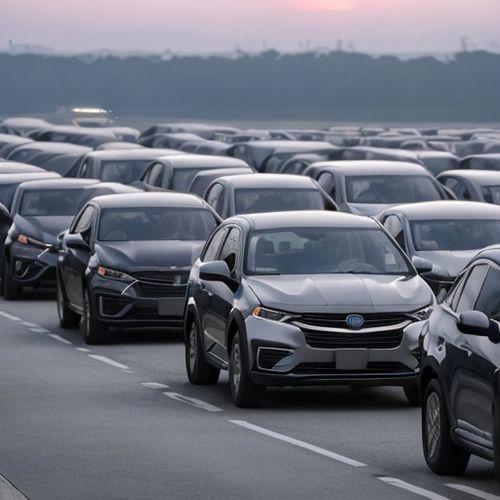
By Amanda Phillips/Apr 29, 2025
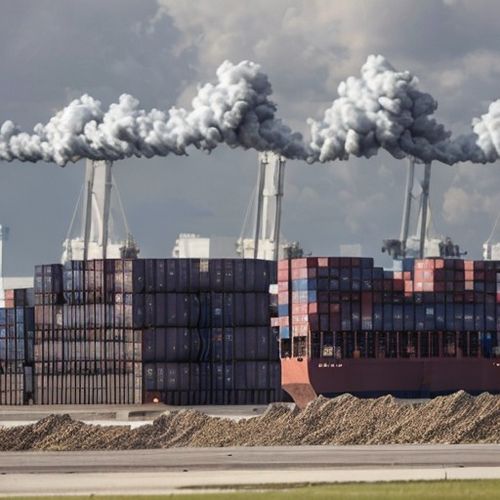
By James Moore/Apr 29, 2025
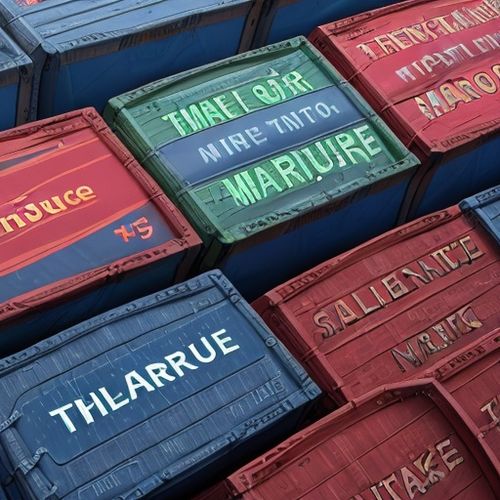
By Amanda Phillips/Apr 29, 2025

By Sophia Lewis/Apr 29, 2025
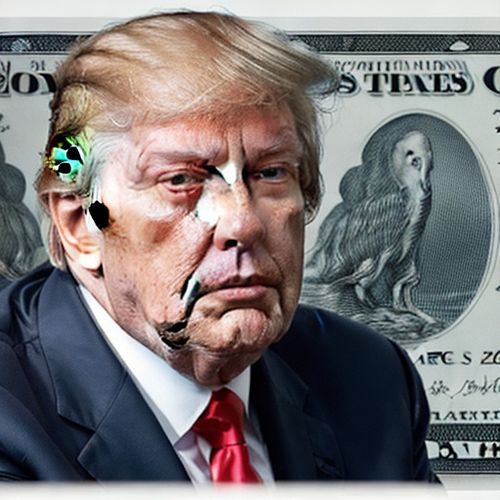
By Ryan Martin/Apr 29, 2025

By Elizabeth Taylor/Apr 29, 2025
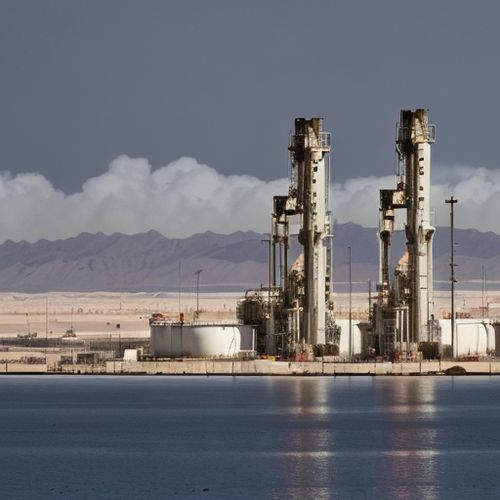
By Noah Bell/Apr 29, 2025
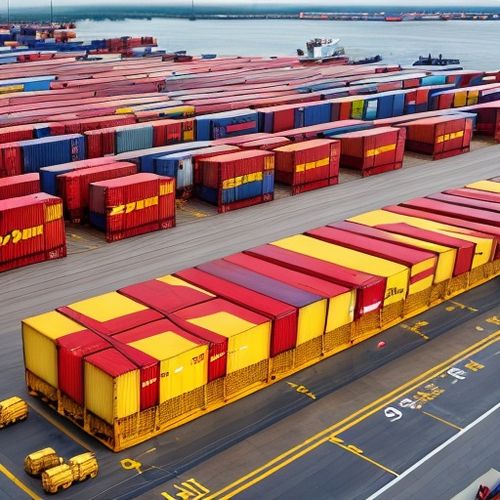
By Emily Johnson/Apr 29, 2025

By Grace Cox/Apr 29, 2025

By Rebecca Stewart/Apr 29, 2025

By Elizabeth Taylor/Apr 29, 2025
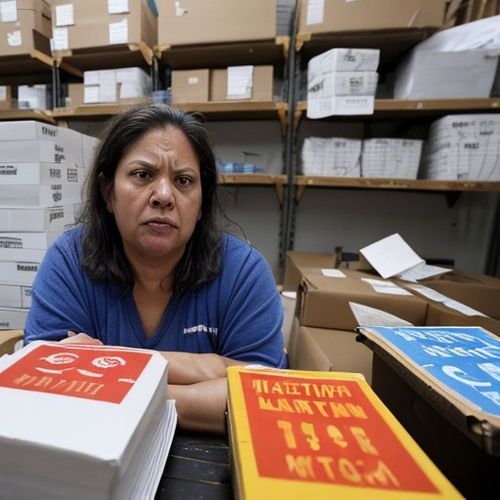
By Michael Brown/Apr 29, 2025
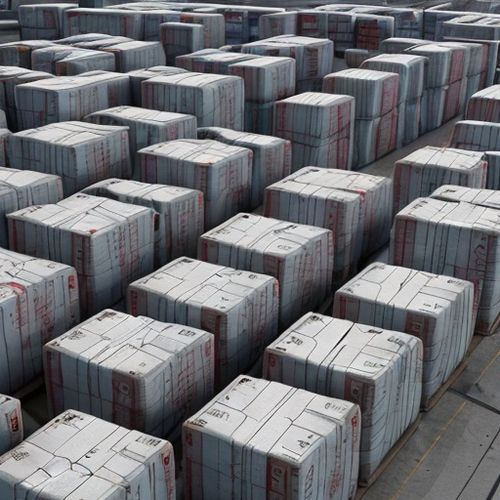
By Olivia Reed/Apr 29, 2025
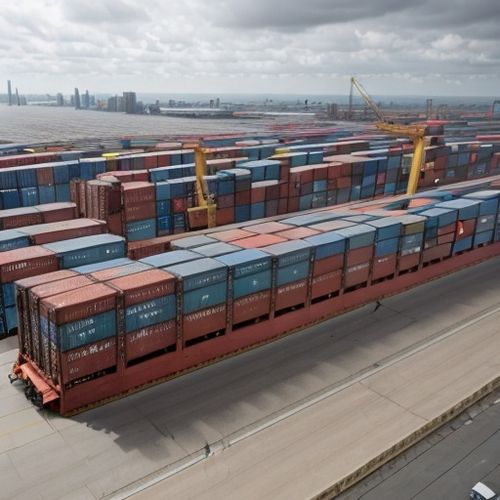
By Daniel Scott/Apr 29, 2025
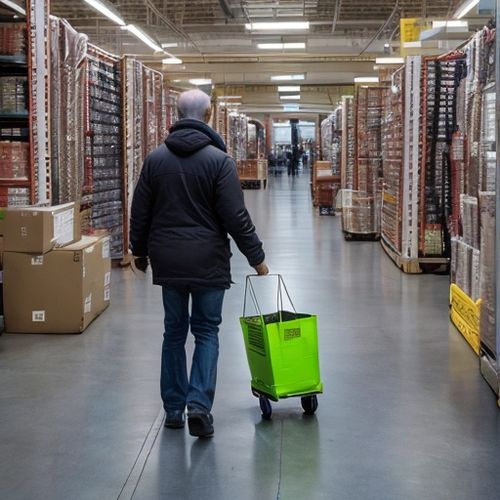
By Joshua Howard/Apr 29, 2025
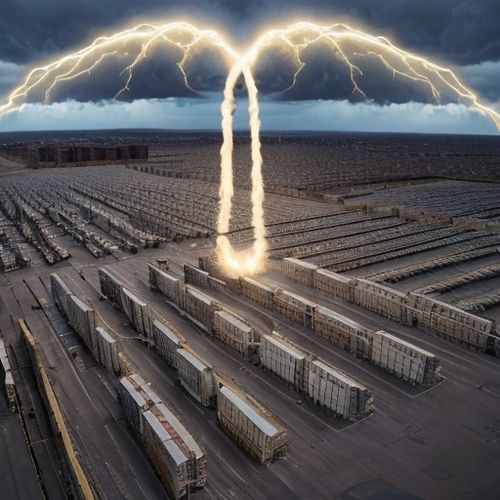
By Megan Clark/Apr 29, 2025
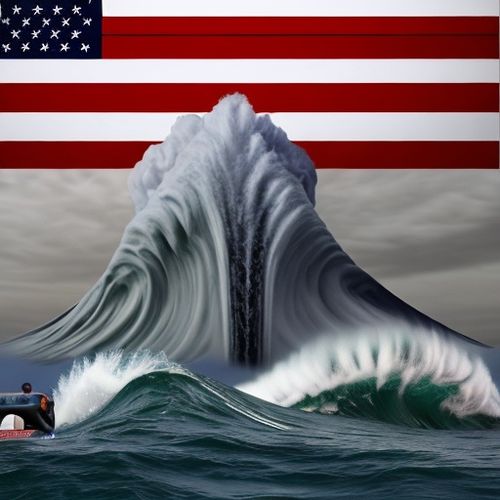
By John Smith/Apr 29, 2025